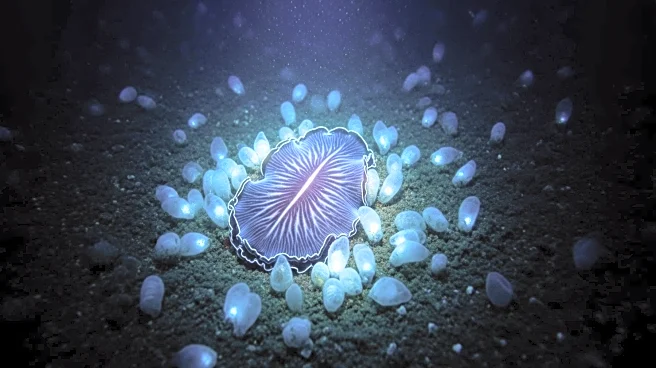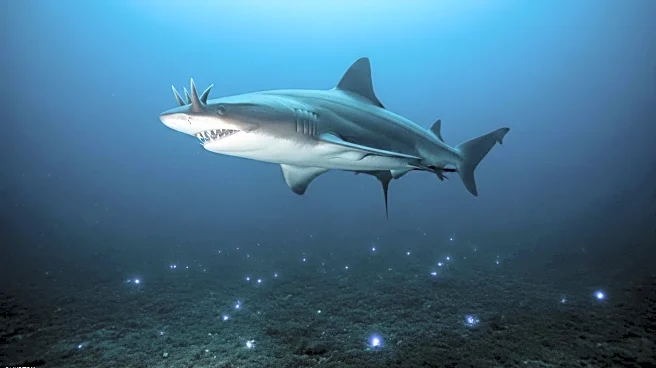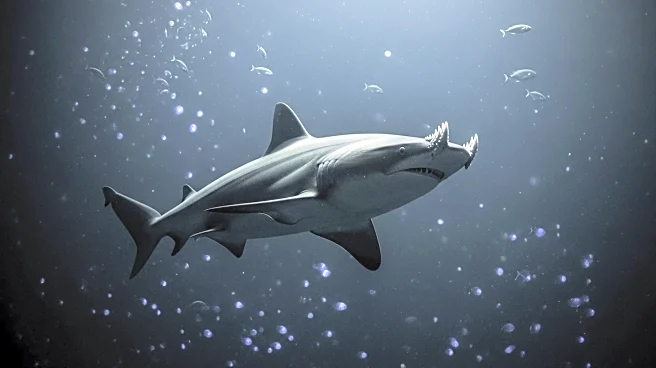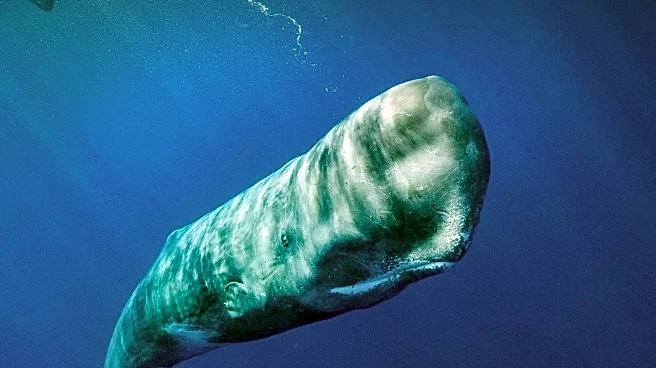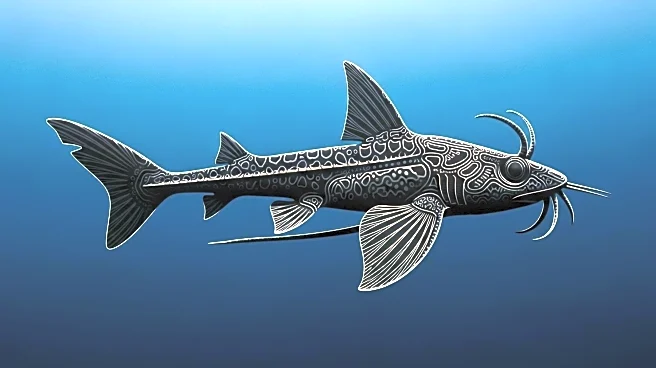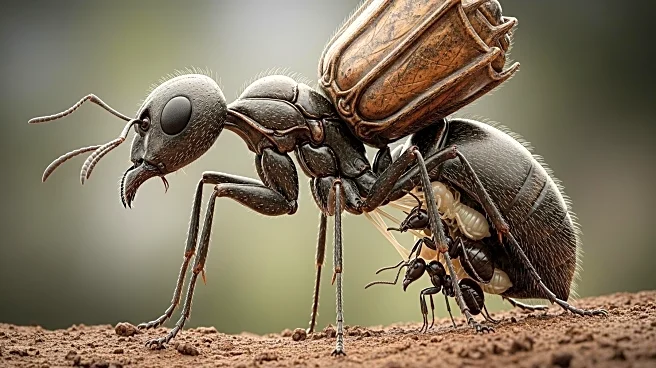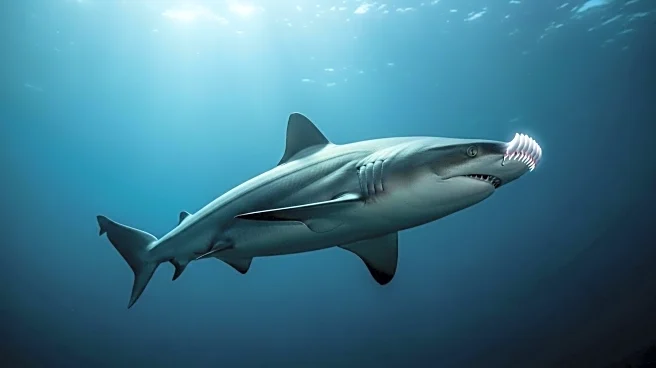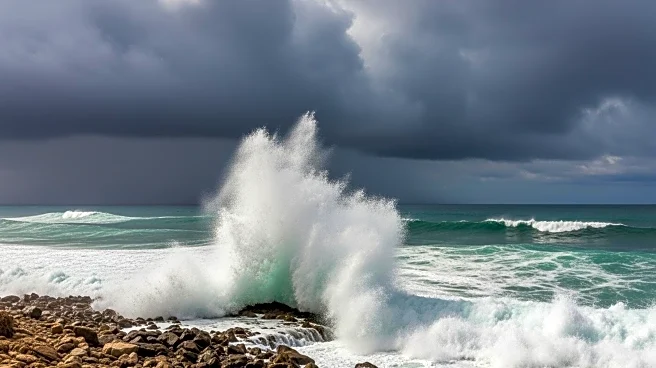What is the story about?
What's Happening?
Researchers have discovered intact cocoons of free-living flatworms at a depth of over 20,000 feet in the Pacific Ocean. These cocoons, found near the Kuril-Kamchatka Trench, provide new insights into the life cycles of flatworms in extreme environments. The discovery was made using a remotely operated vehicle, and the cocoons contained embryos at various stages of development. This finding is significant as it adds to the understanding of how these organisms survive in the hadal zone, where conditions are harsh and food is scarce.
Why It's Important?
The discovery of flatworm cocoons at such depths is crucial for understanding the biodiversity and ecological dynamics of deep-sea environments. It sheds light on the reproductive strategies and survival mechanisms of organisms in one of the least explored areas on Earth. This research can inform future studies on deep-sea ecosystems and contribute to the broader knowledge of marine biology. The ability of these flatworms to thrive in extreme conditions may also have implications for studying resilience and adaptation in other species.
AI Generated Content
Do you find this article useful?
